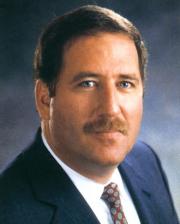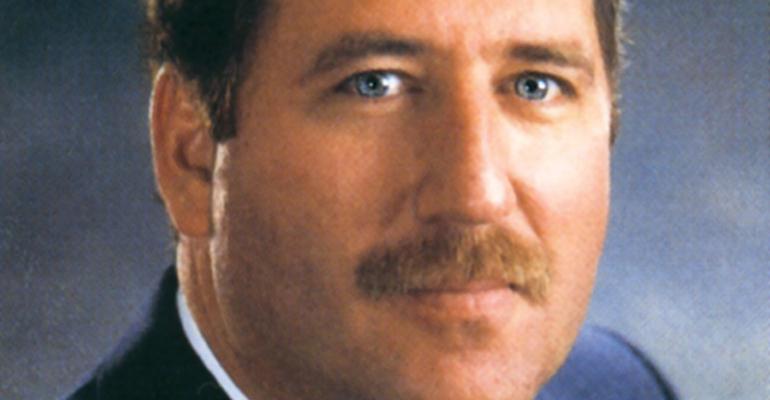
Every day, businesses have potential sales that are left behind, never to make it to the bottom line. Let’s look at two examples in the automotive industry.
A Toyota dealer in the northeastern U.S. captures information over a 30-day period on 444 customers who visit the dealership, looked and left without purchasing.
Some of these people buy elsewhere. Some decide not to buy at all. But some are still looking to buy.
Even if only 10% are still in the market, that represents 44 potential sales opportunities. This is not an anomaly. Let’s look at a second example from a New York dealership.
This store had 230 opportunities who left without purchasing in a 30-day period. If 10% still are in the market, there are 23 active leads. In this dealership there are 12 salespeople. So it averages out to about one more sale per person per month.
A serious misperception in the sales profession is that business must be transacted immediately. In reality, there is only one true definition of “now.” It’s when the customer is ready to buy.
That means each and every customer who ever says, “Let me think about it, I’ll be back” is a potential sale waiting to happen, if not immediately. More often than not, this is exactly where some salespeople and sales managers stop the sale.
What would happen in any business if everyone sold one more? A formula exists, and it’s not magic. In fact, every sales manager and salesperson in virtually every business should already know what it is, but most fail to use it.
Because of this, most businesses have as much business behind them as they have in front of them.
Logically, this seems straightforward, yet most salespeople and sales managers don’t know how to find that business. So, dealerships focus on finding new opportunities by pouring thousands of dollars into advertising.
They fail to look behind at active leads, people who already came in, but did not buy. Looking for those opportunities or customers who are still actively looking to buy is a better approach than starting from scratch.
If buyers choose to consider a purchase, it is imperative that the salesperson gain contact information before they leave, then reach out to them, especially in the first 72 hours after the visit.
Salespeople must develop and execute a follow-up plan designed to bring the opportunity back to close the sale, extend sales opportunities and build the relationship.
Take advantage of technology and use customer-relationship software to develop an action plan based on customer needs, wants, desires and other information gathered during a first visit.
As new information becomes available that may help close a transaction, sales teams should contact prospects to try to get them back to the store.
But avoid the trap of letting technology be the sole method of follow up. It’s not as much about selling cars as it is about building relationships.
A personal letter, thank you card, phone call and invitation to return are arguably more effective than an email, text or automated phone call.
Personal contact gives salespeople the opportunity to interact, to show a real interest and leverage the relationship that was started in the store.
It may be the store’s policy that each salesperson sends a communication within 24 hours of the visit, the manager makes a follow-up call the next day and the salesperson makes a confirmation call to set up a second visit within 48 hours. From the minute the opportunity leaves, the 72-hour clock begins to tick.
Smart sales teams view 100% of all opportunities that visit a business as buyers, even if they leave without purchasing anything. This approach enables salespeople to get the sale. It also positions them to convert a customer into a client and to generate additional revenue and referral sales.
Focusing on the business behind is a first step in creating long-term clients. To recap, adopt these basic practices:
- Collect and record standardized and detailed data for every opportunity.
- Present all the reasons why the opportunity should buy from you.
- Leverage technology to your advantage to develop a personal follow-up action plan designed to bring the opportunity back and close the sale.
- Focus on relationship-building.
Leave the door open and give customers who left without buying a reason to return. Many of them will.
Richard F. Libin is the author of the book “Who Stopped the Sale?” (www.whostoppedthesale.com) and president of Automotive Profit Builders, a firm with nearly 50 years of experience fostering customer satisfaction and maximizing gross profits through personal development. He is at [email protected] and 508-626-9200 or www.apb.cc.





